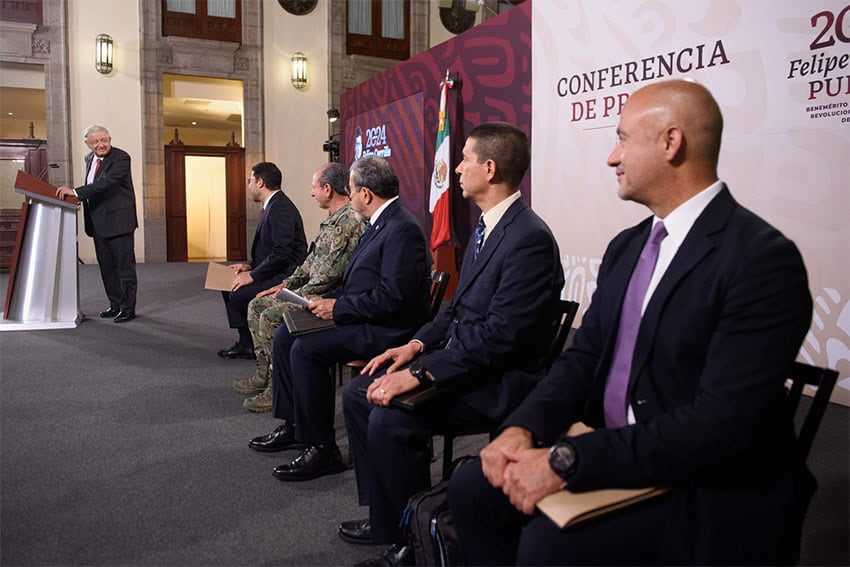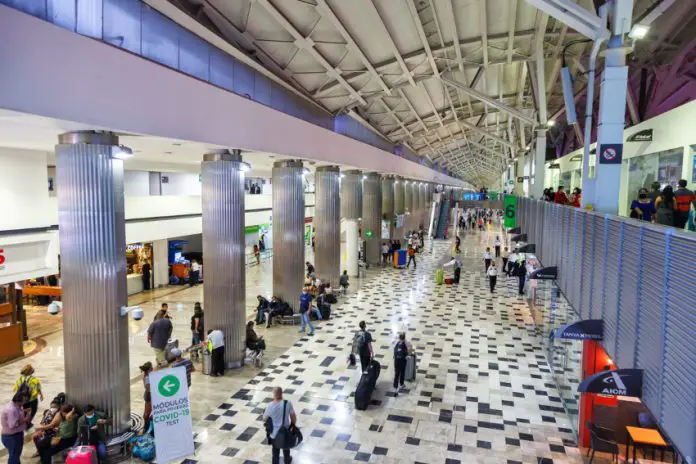The Mexico City International Airport (AICM) is getting a facelift: Its director announced Thursday that “maintenance, conservation and modernization” projects totaling 2.2 billion pesos (US $129.4 million) are planned for this year.
Rear Admiral José Ramón Rivera Parga told President Andrés Manuel López Obrador’s morning press conference that some of the projects have already begun, but most will be carried out after the completion of their respective tendering process.
The airport chief gave a rundown on how the 2.2 billion pesos will be spent.
- 558.6 million pesos will be used to purchase 18 X-ray machines and 10 CT scanners to inspect luggage, as well as 17 X-ray machines and 12 “explosive detectors” that will be installed at passenger revision points.
- 547.1 million pesos will go to runway projects, including the laying of new asphalt and the modernization of lighting systems.
- 488.9 million pesos will be allocated to a range of maintenance projects inside and outside AICM’s two terminals. They include the repair of leaks, the filling of potholes on taxiways, and maintenance of baggage carousels.
- 331.9 million pesos will go to the rehabilitation of the airport’s main taxiway known as the Rodaje Bravo. “It’s the most important [taxiway] … for airplanes that operate at Terminal 1 because it is located along the entire length of the terminal,” Rivera said.
- The remaining money — approximately 300 million pesos — will be used for a range of different projects including maintenance of drainage systems; upgrades to public bathrooms in both terminals; the replacement of 12 elevators; and the installation of new air conditioning systems.
Rivera said that 1.49 billion pesos for the projects will come from the federal budget, while the other 705.7 million pesos to be used are the the airport’s “own resources.”
Just over 48.4 million passengers used AICM last year, making the capital’s airport the busiest in the country. Numbers increased 4.7% compared to 2022.

In early 2022, the Federal Civil Aviation Agency declared that both terminals at the Mexico City International Airport (AICM) had reached saturation point, while in January hourly flight numbers were reduced to 43 from 52.
The Felipe Ángeles International Airport (AIFA), which opened just north of Mexico City in March 2022, is supposed to ease pressure on AICM, but passenger numbers there remain fairly low, although they increased significantly in the first months of 2024.
Getting to AIFA is time-consuming for many Mexico City residents, especially those who live in the south of the capital, and the planned rail link to the airport from the Buenavista neighborhood of the capital has not yet opened.
Adding to the airport’s challenges in attracting passengers is the fact that it currently only offers a very limited number of international flights.
Mexico News Daily
